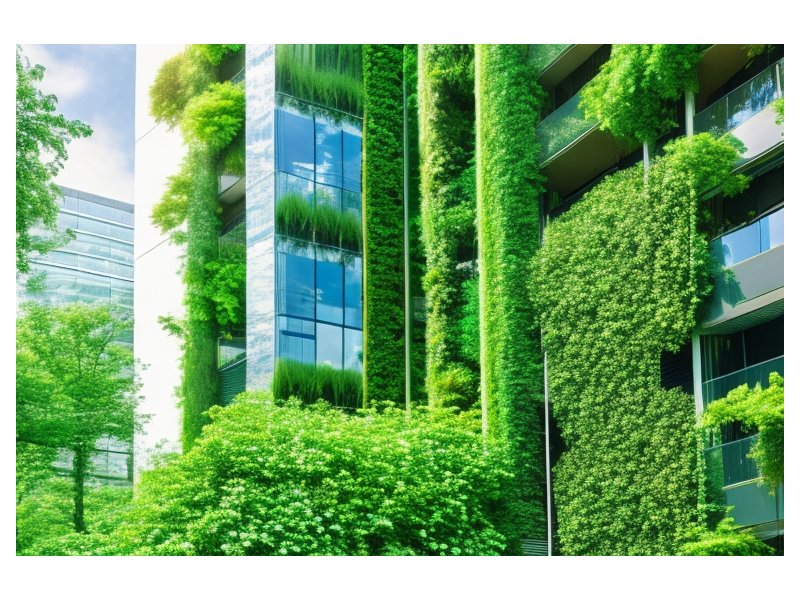
Introduction:
In an era where environmental concerns have taken center stage, the concept of green buildings has gained significant attention. Green buildings, also known as sustainable buildings, are designed to minimize their environmental impact while promoting the health and well-being of occupants. Through innovative architectural and design strategies, these buildings offer a multitude of benefits that extend far beyond just energy efficiency. In this blog post, we will explore the various advantages of green buildings and why sustainable architecture and design are crucial for a better future.
1. Energy Efficiency:
One of the primary benefits of green buildings is their exceptional energy efficiency. Through the use of advanced insulation, efficient lighting systems, and energy-saving appliances, these buildings significantly reduce their energy consumption. The integration of renewable energy sources like solar panels and wind turbines further enhances their self-sustainability. By reducing energy demand, green buildings help combat climate change and lower greenhouse gas emissions.
2. Reduced Environmental Footprint:
Green buildings take a holistic approach to minimize their environmental impact. From construction to operation, these buildings focus on resource conservation, waste reduction, and sustainable materials. Incorporating eco-friendly practices such as rainwater harvesting, gray water recycling, and green roofs, green buildings contribute to water conservation efforts. Moreover, they promote responsible waste management through recycling initiatives and the use of locally sourced, recycled, or low-impact materials, thereby reducing their overall environmental footprint.
3. Improved Indoor Air Quality:
Green buildings prioritize the health and well-being of occupants by prioritizing indoor air quality. Traditional buildings often suffer from poor ventilation and the accumulation of harmful pollutants, leading to various health issues. In contrast, green buildings employ superior ventilation systems, low VOC (volatile organic compounds) materials, and efficient air filtration, ensuring clean and fresh indoor air. This significantly reduces the risk of respiratory problems, allergies, and other health-related concerns, fostering a healthier and more productive environment for occupants.
4. Enhanced Occupant Comfort:
Sustainable architecture and design pay special attention to occupant comfort. Green buildings optimize natural light and views, providing a pleasant and stimulating environment. The incorporation of intelligent building management systems allows for personalized control of lighting, temperature, and other factors, empowering occupants to create spaces tailored to their preferences. Additionally, green buildings often integrate green spaces and biophilic design elements, which promote stress reduction, productivity, and overall well-being.
5. Economic Benefits:
Contrary to common misconceptions, green buildings offer significant long-term cost savings. While the initial investment may be higher, energy-efficient designs and technologies help reduce operational expenses through lower energy bills. Additionally, green buildings tend to have longer life spans and require fewer repairs and maintenance, resulting in reduced lifecycle costs. Moreover, as sustainability gains importance in the real estate market, green buildings have higher resale value and attract tenants who value environmental responsibility.
Conclusion:
The benefits of green buildings extend beyond environmental concerns and encompass improved energy efficiency, reduced environmental footprint, enhanced indoor air quality, occupant comfort, and long-term cost savings. By embracing sustainable architecture and design, we can create buildings that not only minimize their impact on the planet but also provide healthier and more enjoyable spaces for people to live, work, and thrive. As we move towards a sustainable future, green buildings are paving the way for a more environmentally conscious and socially responsible built environment.
Share This News